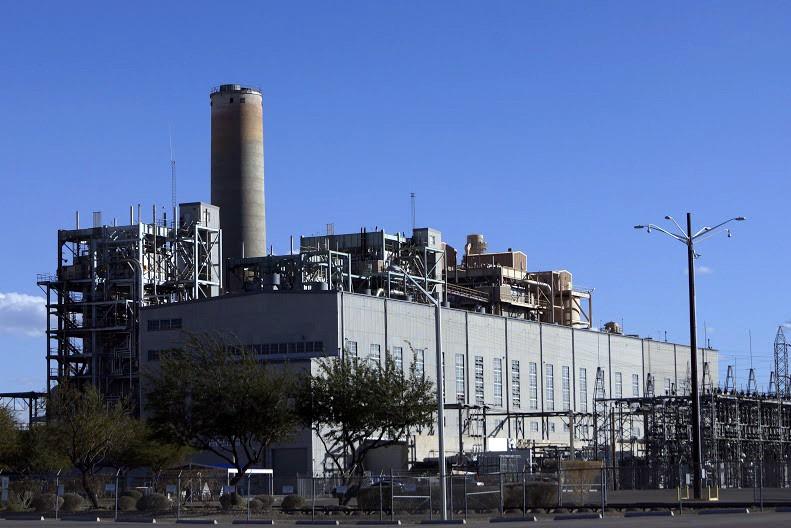Recent studies have shown that 2015 was the hottest year on record since 1880. With the rise in temperature, researchers are questioning whether or not it will get hotter.
The beginning phases of El Niño have led to a fluctuation in Tucson’s temperature and now global warming is becoming more of an issue than ever.
“What happened during the beginning part of the winter was a big dome of high pressure set up in the central and eastern part of the United States,” said Lee Carlaw, a meteorologist at National Weather Service. “The air heats up very quickly and extends well above normal temperatures.”
This year will likely be warm due to two factors: general climate change and El Niño. When an El Niño pattern occurs, the warm ocean releases a bit of its heat into the atmosphere. This contributes to the record highs that have been occurring.
Scientists are observing the world heat up by satellites and say the heat will result in more extreme weather. This will conclude with an increased demand for energy and water for crops, according to Tucson News Now.
Luke Parsons and Paul Goddard, UA geoscience graduate students, said they can’t predict the future; however, climate models project that the warming trend will continue into the future.
Most climatologists agree that limiting our greenhouse gases, such as carbon dioxide emissions, will help slow future warming.
Tatyana Plummer, a political science freshman and eco-representative for the Arizona-Sonora Residence Hall, gave her opinion on how daily activities can help environmental awareness.
“What we can do to stop global warming on a small scale is integrate little steps in our daily lives such as turning lights off, carpooling, not letting the water run while brushing our teeth and taking quick showers,” Plummer said. “Although these are important, the leading cause of carbon emissions is not the transportation industry, but animal agriculture.”
Plummer said the world is getting to the point where there will need to be a complete systemic alteration to environmental practices in order to deal with climate change. She said there is only so much one can do as an individual and there is a need for a collective effort for change.
“Mostly it’s just unfortunate that there are so few political figures that take climate change seriously, because as we can already see from the 26 inches of snow that fell in New York last week, we can’t keep putting this off,” Plummer said.
Follow Gabriella Vukelic on Twitter.









